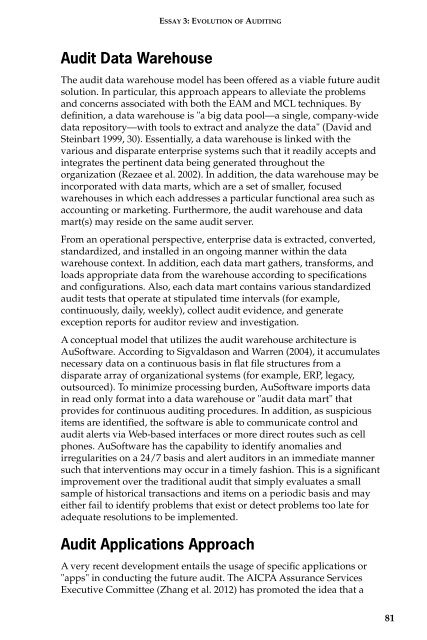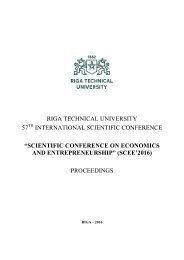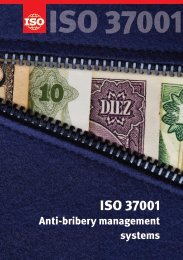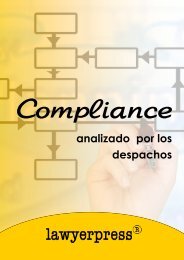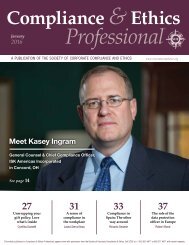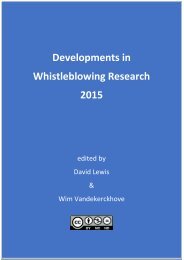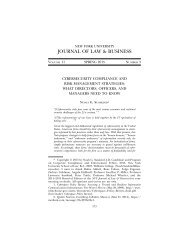AUDIT ANALYTICS AUDIT
x8YaD9
x8YaD9
- No tags were found...
You also want an ePaper? Increase the reach of your titles
YUMPU automatically turns print PDFs into web optimized ePapers that Google loves.
ESSAY 3: EVOLUTION OF <strong>AUDIT</strong>ING<br />
Audit Data Warehouse<br />
The audit data warehouse model has been offered as a viable future audit<br />
solution. In particular, this approach appears to alleviate the problems<br />
and concerns associated with both the EAM and MCL techniques. By<br />
definition, a data warehouse is "a big data pool—a single, company-wide<br />
data repository—with tools to extract and analyze the data" (David and<br />
Steinbart 1999, 30). Essentially, a data warehouse is linked with the<br />
various and disparate enterprise systems such that it readily accepts and<br />
integrates the pertinent data being generated throughout the<br />
organization (Rezaee et al. 2002). In addition, the data warehouse may be<br />
incorporated with data marts, which are a set of smaller, focused<br />
warehouses in which each addresses a particular functional area such as<br />
accounting or marketing. Furthermore, the audit warehouse and data<br />
mart(s) may reside on the same audit server.<br />
From an operational perspective, enterprise data is extracted, converted,<br />
standardized, and installed in an ongoing manner within the data<br />
warehouse context. In addition, each data mart gathers, transforms, and<br />
loads appropriate data from the warehouse according to specifications<br />
and configurations. Also, each data mart contains various standardized<br />
audit tests that operate at stipulated time intervals (for example,<br />
continuously, daily, weekly), collect audit evidence, and generate<br />
exception reports for auditor review and investigation.<br />
A conceptual model that utilizes the audit warehouse architecture is<br />
AuSoftware. According to Sigvaldason and Warren (2004), it accumulates<br />
necessary data on a continuous basis in flat file structures from a<br />
disparate array of organizational systems (for example, ERP, legacy,<br />
outsourced). To minimize processing burden, AuSoftware imports data<br />
in read only format into a data warehouse or "audit data mart" that<br />
provides for continuous auditing procedures. In addition, as suspicious<br />
items are identified, the software is able to communicate control and<br />
audit alerts via Web-based interfaces or more direct routes such as cell<br />
phones. AuSoftware has the capability to identify anomalies and<br />
irregularities on a 24/7 basis and alert auditors in an immediate manner<br />
such that interventions may occur in a timely fashion. This is a significant<br />
improvement over the traditional audit that simply evaluates a small<br />
sample of historical transactions and items on a periodic basis and may<br />
either fail to identify problems that exist or detect problems too late for<br />
adequate resolutions to be implemented.<br />
Audit Applications Approach<br />
A very recent development entails the usage of specific applications or<br />
"apps" in conducting the future audit. The AICPA Assurance Services<br />
Executive Committee (Zhang et al. 2012) has promoted the idea that a<br />
81


